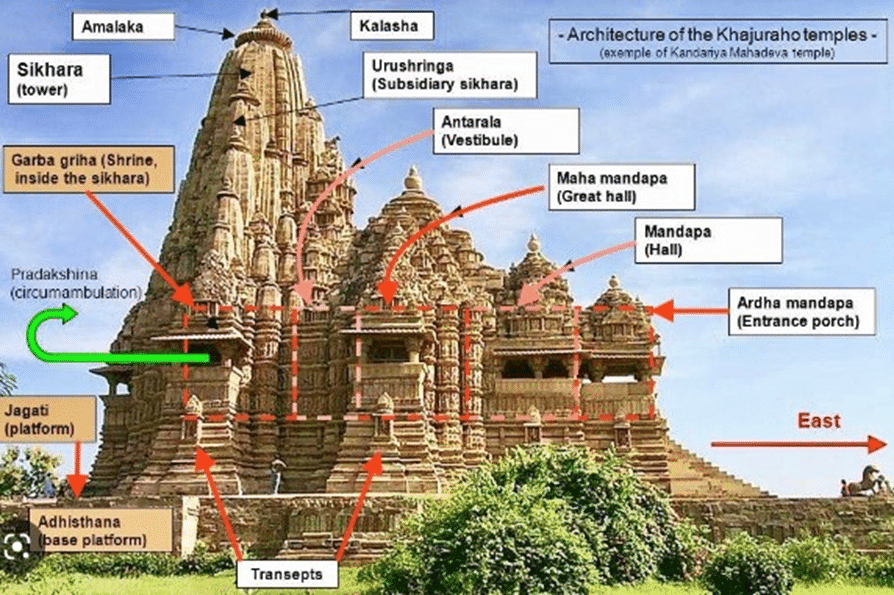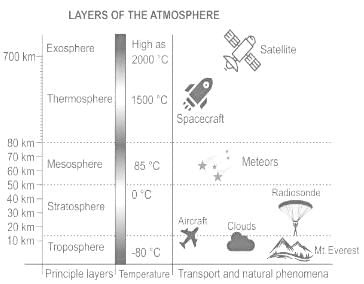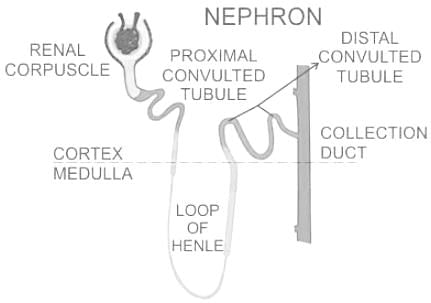BPSC Prelims Mock Test - 4 - BPSC (Bihar) MCQ
30 Questions MCQ Test BPSC Prelims Mock Test Series & Past Year Papers 2024 - BPSC Prelims Mock Test - 4
Which of the following is not the feature of the Nagara style of temple architecture?
Which of the following statements is not correct regarding Muslim League:
| 1 Crore+ students have signed up on EduRev. Have you? Download the App |
Which of the following statements about the ionosphere is NOT correct?
Under the Maternity Benefits Act, 1961, how many weeks of maternity leave have been provided to the working women with full pay?
What is the policy measure adopted by the Government of India to improve the system of agricultural marketing?
- Public Distribution System (PDS)
- Minimum Support Price (MSP)
- Maintenance of Buffer Stock
Select the correct answer using the code given below.
Which is NOT an example of one-sided symbiotic relationship?
Which of the following becomes difficult without a frictional force?
Which of the following statements is NOT correct about Carbon and its allotropes?
I. Graphite contains delocalized electrons.
II. The hybridization state of carbon in fullerene is sp2.
III. The number of carbon compounds is very large because carbon is tetravalent.
Which is the international treaty made to protect the ozone layer from CFCs?
Abhay correctly remembers that Kavita’s birthday is before 23rd while after 15th. Yasir correctly remembers that Kavita’s birthday is after 20th while before 25th. On which of the following dates does Kavita’s birthday definitely fall ?
Recently R21 vaccine was in news, it is used for which disease?
Bihar Agricultural University (BAU) has developed a new improved variety of pink garlic. Their names are _________.
Which of the following schemes has District Industrial Centre (DIC) as its primary implementing agency in Bihar?
Who among the following rulers of Delhi Sultanate appointed Malik Alauddin Jani as the first representative of Bihar?
The 1929 Session of Indian National Congress is of significance in the history of the Freedom Movement because the
Which of the following is/are incorrectly matched?
- Article 14: Abolition of Untouchability
- Article 15: Right against exploitation
- Article 16: Right to equal opportunity in employment
- Article 17: Abolition of Titles
Who determines the policy interest rate required to achieve the inflation target?
Identify the set among the following options each having pH more than 7.
Moist Deciduous Forest is found in which of the following districts of Bihar?
If FLOWER is coded as 7131624619 and FRUIT is coded as 719221021, then how will PLANT be coded?
In February, South Asian Women’s Film Festival was held at which district of Bihar ?
Recently nearly 6-decade-old Lokur Committee has been in news. It is related to which of the following?
|
3 docs|29 tests
|
|
3 docs|29 tests
|




















